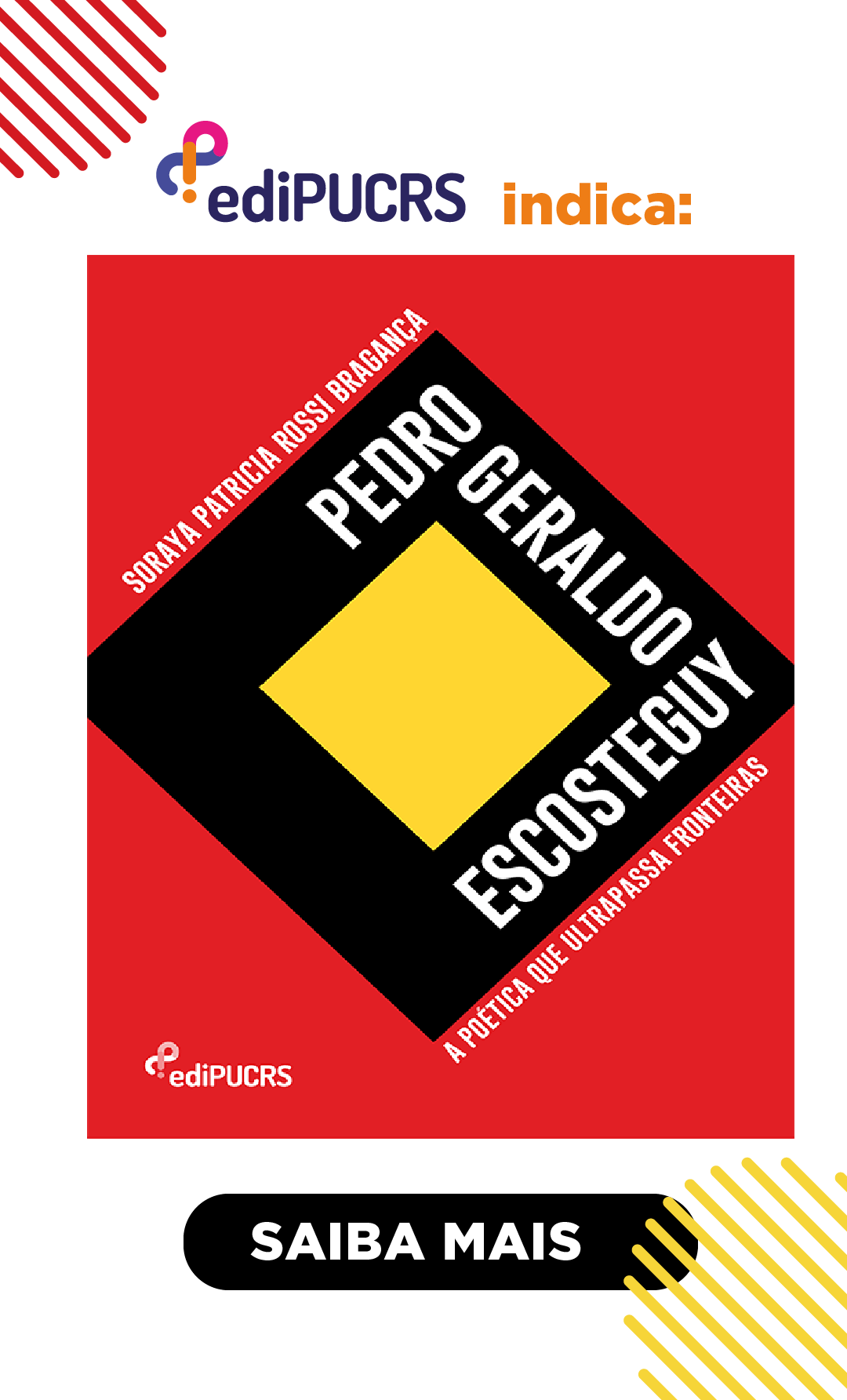Between reality and absurd
A literary analysis of the critical notes of Death with interruptions by José Saramago
DOI:
https://doi.org/10.15448/1983-4276.2022.1.42974Keywords:
José Saramago, Death with interruptions, World upside down, Social criticismAbstract
This article aims to identify some critical aspects, represented through the inverted topos of the world, in Death with interruptions by José Saramago. The narrative of the novel presents an unusual fact: the disappearance of death. Faced with this absurd event, the characters present an energetic and euphoric state with the prospect of living in eternity, however, it is at this moment that the expectations narrated in the work are fractured, since they faced the continuity of the problematic aspects inherent to the human being: old age, illness, the omission of institutions and, finally, the narcissistic character of man. In consideration of this, for the accomplishment of the literary analysis of this study it was subsidized by the theoretical dialogue with the authors: Ariès (2012), Becker (1973), Bloom (2005), Berman (1986), Berrini (1998), Calbucci (1999), Gerth (1977), Hodgart (1969), Huizinga (2015) and Soethe (1998). In short, the investigation of this study suggests as a result the use of particularly expressive resources, such as the world upside down, for critical comments in the construction of the saramaguian narrative, with a view to carrying out social complaints.
Downloads
References
ARIÈS, Philippe. História da morte no ocidente: Da idade média aos nossos dias. Tradução de Priscila Viana de Siqueira. Rio de Janeiro: Nova Fronteira, 2012.
BECKER, Ernest. A negação da morte. Tradução de Luiz Carlos do Nascimento Silva. Rio de Janeiro: Record, 1973.
BERMAN, Marshall. Tudo que é sólido desmancha no ar: A aventura da modernidade. Tradução de Carlos Felipe Moisés e Ana Maria L. Ioriatti. 1. ed. São Paulo: Schwarcz, 1986.
BERRINI, Beatriz. Ler Saramago: O Romance. 2. ed. Lisboa: Caminho, 1998.
BLOOM, Harold. Bloom’s modern critical reviews: José Saramago. Chelsea House Publishers, 1986.
CALBUCCI, Eduardo. Saramago: um roteiro para os romances. Cotia: Ateliê, 1999.
GERTH, Klaus. Satire. Tradução de Aluizia Hanisch e Álvaro S. Simões Jr. Praxis Deutsch, [S. l.], v. 22. p. 83-86, 1977.
HODGART, Matthew. La Satira [Satire]. Tradução de Angel Guillén. Madrid: Ediciones Guadarrama, 1969.
HUIZINGA, Johan. O outono da idade média. Tradução de Francis Petra Janssen. 4. ed. São Paulo: Cosac Naify, 2015.
SARAMAGO, José. As intermitências da morte. 4. ed. São Paulo: Companhia das Letras, 2005.
SOETHE, Paulo Astor. Sobre a sátira: contribuições da teoria alemã na década de 60. Fragmentos. Revista de Língua e Literatura Estrangeiras da Universidade Federal de Santa Catarina, Florianópolis, v. 7, p. 7-27, 1988.
Downloads
Published
How to Cite
Issue
Section
License
Copyright (c) 2022 Navegações

This work is licensed under a Creative Commons Attribution 4.0 International License.
Copyright
The submission of originals to Navegações implies the transfer by the authors of the right for publication. Authors retain copyright and grant the journal right of first publication. If the authors wish to include the same data into another publication, they must cite Navegações as the site of original publication.
Creative Commons License
Except where otherwise specified, material published in this journal is licensed under a Creative Commons Attribution 4.0 International license, which allows unrestricted use, distribution and reproduction in any medium, provided the original publication is correctly cited.





